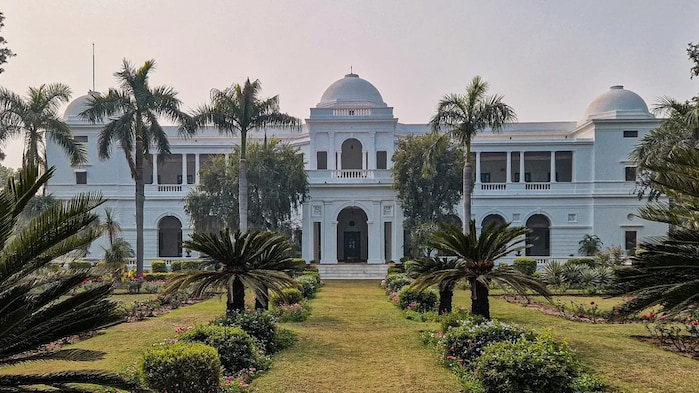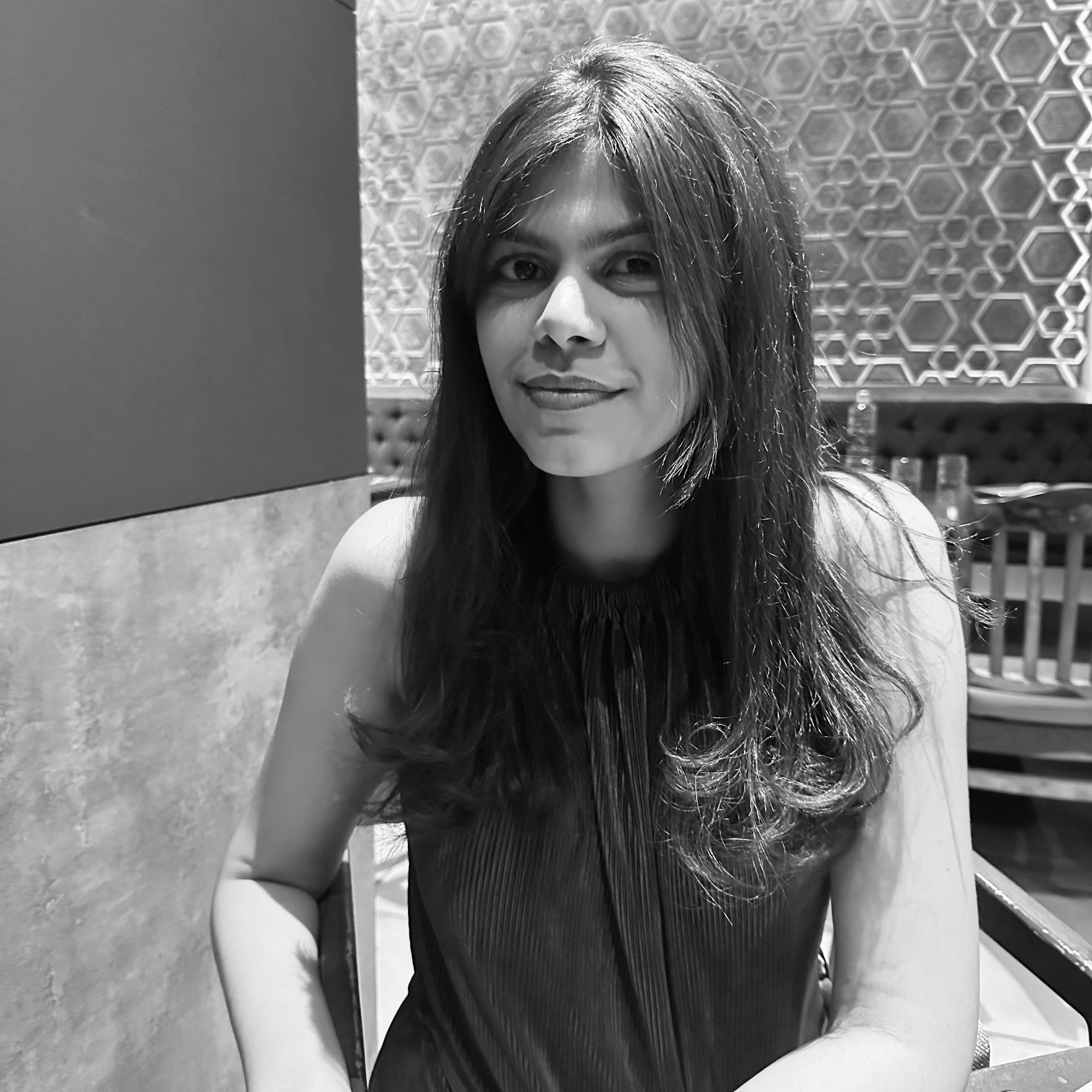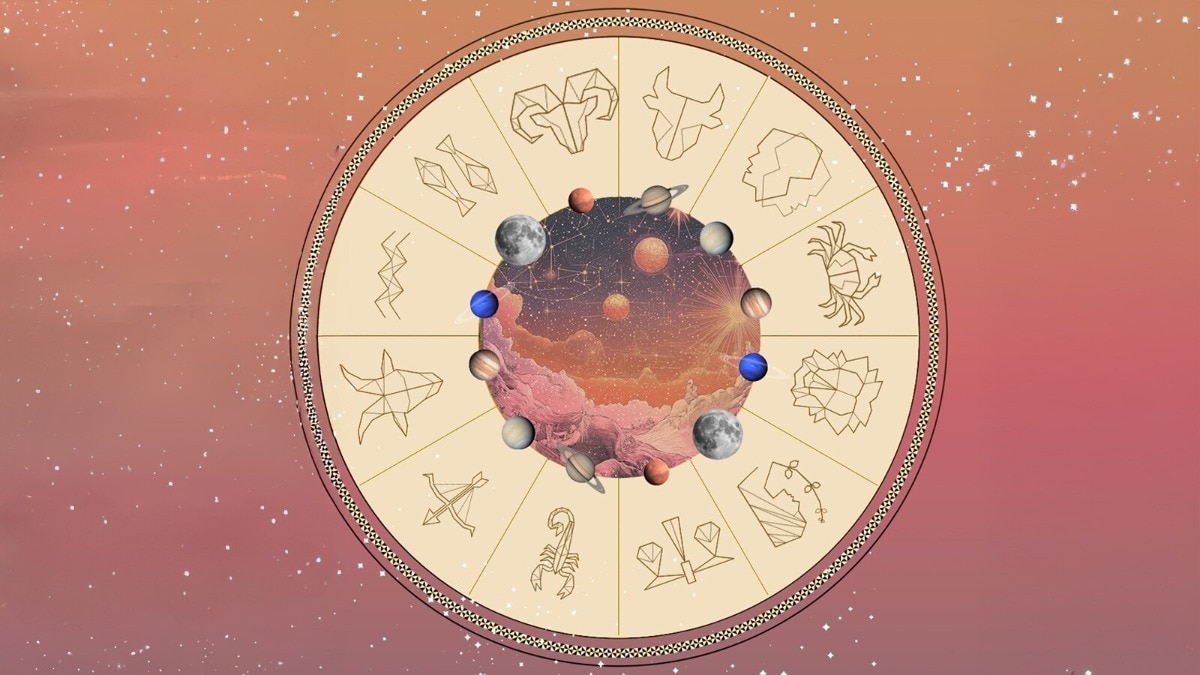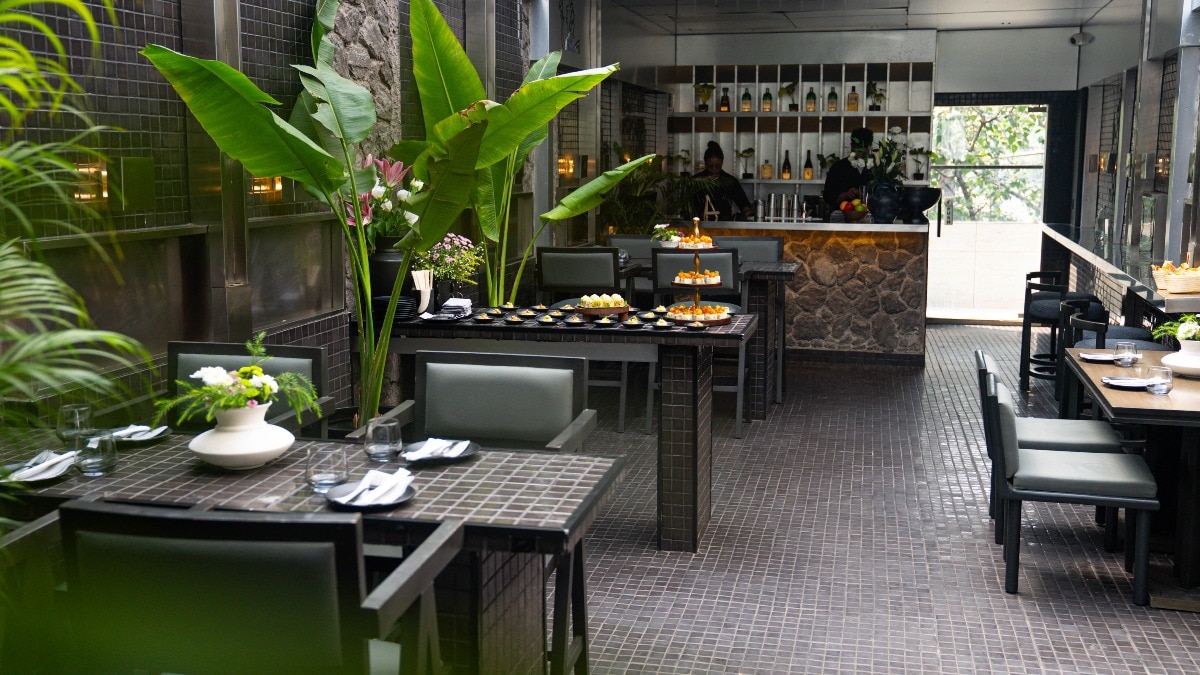
- Home
- Royalty
Inside the Pataudi Palace and its royal Indian relevance


There's nothing that resonates with opulence quite like an Indian palace. While many palaces today have gone to the dust, some have been etched in Indian heritage and legacy. The Pataudi Palace is one fine example. Formerly owned by Bollywood actor, Saif Ali Khan, the palace, once the residence of the royal family of Pataudi, continues to stand statuesque, blending past with the present. Despite losing the property, estimated at Rs 15,000 crore, to the Enemy Property Act of 1968, it remains Saif Ali Khan's most iconic inheritance to date.
Officially known as Ibrahim Kothi, Khan's Pataudi Palace is 30 km away from Gurugram, located in a small village in Haryana. The magnanimous white palace sits amidst a 10-acre garden surrounded by greenery on all sides. The Pataudi Palace was built by Nawab Iftikhar Ali Khan Pataudi, 8th Nawab of Pataudi and Saif Ali Khan's grandfather. As the tale goes, when he attempted to marry a princess from Bhopal, his soon-to-be in-laws deemed his older palace too small for a Bhopali princess to live in. And so it began, the construction of this mammoth palace-residence and the princess' journey from Bhopal to Pataudi.

The princely state of Pataudi used to be a small one with around 41 villages and 4,000 people under its jurisdiction. The palace property was passed down to subsequent generations. The next inheritor of the property was the legendary Indian cricketer, Saif Ali Khan's late father, Mansoor Ali Khan, affectionately known as 'Tiger' until it was eventually passed down to Saif Ali Khan. During his childhood, Mansoor Ali Khan, along with his wife, Bollywood veteran Sharmila Tagore and kids, spent many weekends away at this property. In the years that followed, the families, with their families, have followed suit too, with occasional glimpses of the friends of the family and near kin, like Karisma Kapoor.

The Palace was designed by British architect Robert Tor Russell in neocolonial style, as Iftikhar Ali Khan requested the palace to be designed in the style of the colonial-era mansions of Imperial Delhi and so Russell did with assistance from Karl Malte von Heinz, an Austrian architect.
The construction of the palace began in 1900, and was completed in 1935 with about 150 rooms, including seven bedrooms, seven dressing rooms, seven billiard rooms, a large dining area, a darbar hall, an outdoor pool, a separate farming area, and many more multi-purpose rooms.

Intricate archways, detailed carvings, and impressive domes are some of the features of the lush palace; the dome is inspired by the great stupa of Sanchi, whereas the archways and creation of many pillars can be attributed to Russel's previous work in Delhi, one of which was the construction of Delhi's iconic Connaught Place. Several elements of European architecture, as well as several art-deco forms, can be seen everywhere in the palace.

Soaring ceilings, vintage chandeliers, antique furniture, priceless artwork, and walls adorned with family portraits fill the Pataudi Palace with both a sense of homely warmth and Indian opulence. The palace-residence also houses checkered marble flooring, an enormous collection of antiquity and lush gardens.

While many palaces in India have perished, Pataudi Palace stands strong and has been meticulously maintained thanks to the restoration work done by the family. In 2005, a part of the palace was leased to the Neemrana Hotels group, but in 2014, Saif Ali Khan purchased it back from the hotel group.
The luxurious residence went on to become a backdrop in numerous films and projects, notably, Aamir Khan's Rang De Basanti and Shah Rukh Khan's Veer-Zara and recently, Ranbir Kapoor-starrer Animal. The majestic Pataudi Palace remains home to one of the most iconic families with royal blood.
Edited by Sabrina Mathews



